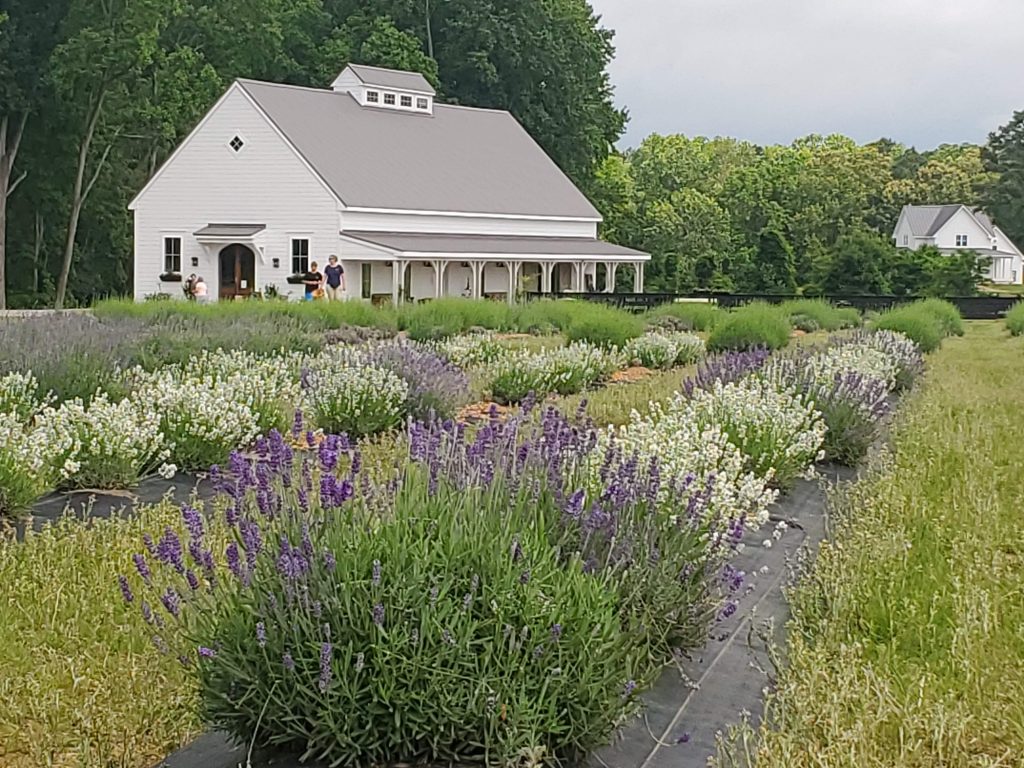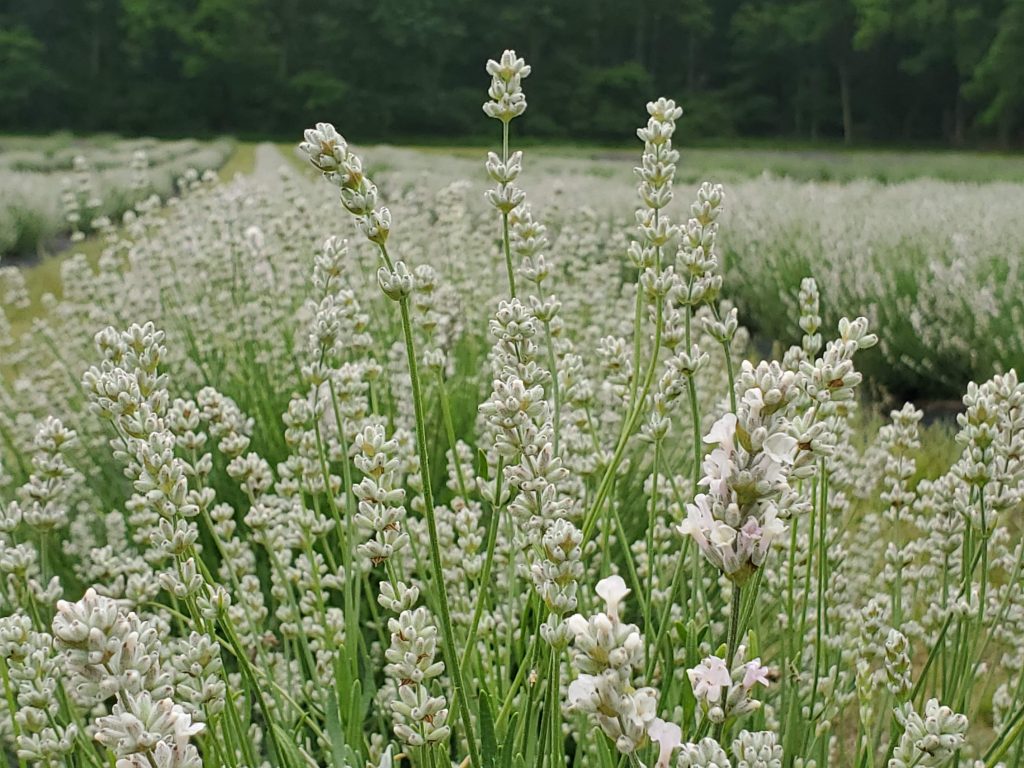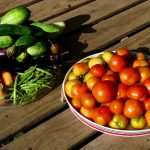Local Lavender – From Picking Flowers to Growing Them
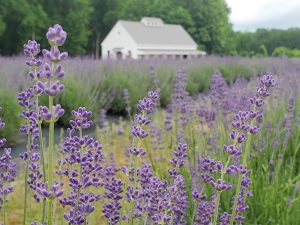 Fields of purple and white, calming fragrance at every turn, and delicious lemonade? Look no further than Sweethaven Lavender Farm in Williamsburg, a U-Pick experience seemingly out of a fairy tale. Check in, get your baskets and scissors, put on some sunscreen, and head into the abundant rows of blooming flowers, picking whichever you choose. Traditional purple flowers are the more aromatic of the two, but the white flowers are suggested for those looking for a more culinary choice.
Fields of purple and white, calming fragrance at every turn, and delicious lemonade? Look no further than Sweethaven Lavender Farm in Williamsburg, a U-Pick experience seemingly out of a fairy tale. Check in, get your baskets and scissors, put on some sunscreen, and head into the abundant rows of blooming flowers, picking whichever you choose. Traditional purple flowers are the more aromatic of the two, but the white flowers are suggested for those looking for a more culinary choice.
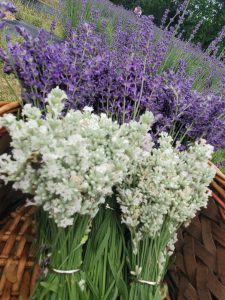 If you’re interested in growing your own at home, it’s best to learn a little backstory of the plant. Lavandula is a genus of plant encompassing 47 different species, all in the mint family. Most species are native across the Mediterranean region but spread as far as southeast Asia. Warm climates, loads of sunlight, and rocky soils are a common theme in the habitats of many of the lavender species. English lavender (Lavandula angustifolia) is the most commonly grown of the lavenders, and is frequently used for culinary purposes, essential oils, and of course, landscaping. To successfully grow lavender, avoid overwatering: full sun, and good drainage are necessary for lavender. Spanish and French lavender do well here, as they are more tolerant of high humidity. If possible, raise the pH of the soil, and add gravel or rocks. The need to amend soil, plus lavender’s affinity for drying out, make it an excellent container plant, with beautiful silvery foliage year-round.
If you’re interested in growing your own at home, it’s best to learn a little backstory of the plant. Lavandula is a genus of plant encompassing 47 different species, all in the mint family. Most species are native across the Mediterranean region but spread as far as southeast Asia. Warm climates, loads of sunlight, and rocky soils are a common theme in the habitats of many of the lavender species. English lavender (Lavandula angustifolia) is the most commonly grown of the lavenders, and is frequently used for culinary purposes, essential oils, and of course, landscaping. To successfully grow lavender, avoid overwatering: full sun, and good drainage are necessary for lavender. Spanish and French lavender do well here, as they are more tolerant of high humidity. If possible, raise the pH of the soil, and add gravel or rocks. The need to amend soil, plus lavender’s affinity for drying out, make it an excellent container plant, with beautiful silvery foliage year-round. 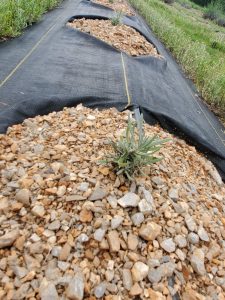
Once you’ve got lavender in your garden, it’s not long till it’ll be in your kitchen as well! From baked goods and flavored sugars to relaxing teas, there’s plenty of creative ways to incorporate the fragrant buds in your life. Dried leaves have a bit of a subtle rosemary–like quality, but the dried buds themselves are much more potent than the fresh flowers. Use some in satchels hanging in a closet to keep cloths smelling fresh, or mix with your favorite carrier oil like coconut oil for an infused moisturizer.
If you’re visiting the garden, my favorite display of lavender is the Mediterranean chaparral area of the children’s garden. There you’ll find it paired with sages, rosemary’s, thyme, and a plethora of other well-suited companion plants that make for a beautiful and fragrant display.
Happy planting!


